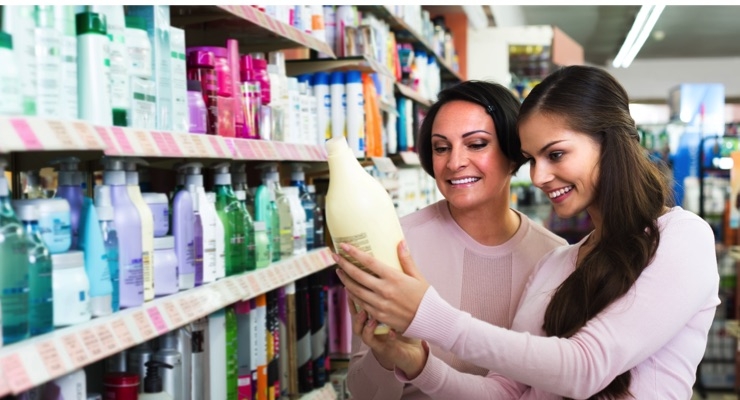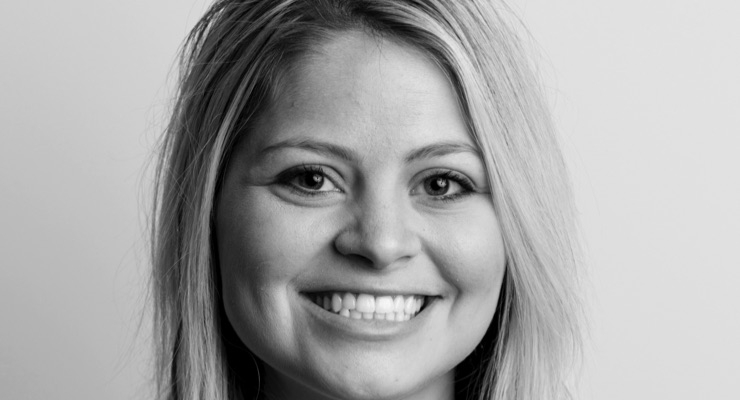Margie Nanninga12.15.16
The beauty industry slows no signs of slowing down as total US retail sales of beauty products reached an estimated $46.2 billion in 2015, with most sales falling under the color cosmetics, haircare, and facial skincare segments. Driven by an improving economy and growth in the US population, Mintel research highlights that beauty product sales are projected to continue improving through 2020.
Despite sales growth, fragmentation and complexity challenge the industry as there are numerous category players, ranging from global beauty leaders to small, niche brands. The retail landscape is also shifting, with online retailers gaining strength, especially with the explosion of mobile shopping. In this context, larger suppliers and retailers can struggle to maintain consumer interest, while entering the market is difficult for new players.
Women are also showing preference for basic beauty routines. While the majority of women use beauty products, most (69%) spend 20 minutes or less on their daily beauty routine. Although 20 minutes can be more than enough time to apply a range of products, it does suggest that most women are not deeply engaged, and prioritize effective and easy-to-apply products.
To combat this, brands can focus on capturing the attention of more engaged users, including Beauty Enthusiasts and Millennials. The 29% of beauty product users who comprise Beauty Enthusiasts spend more time applying beauty products, have more skills and show greater interest in experimentation. They invest heavily in researching and shopping for beauty products, buy upper-tier brands and value beauty products’ positive impact on their appearance. Enthusiasts can be influential to family and friends, as well as through online reviews, bringing new customers to the brands that they love.
Millennial women are also a key demographic, as they over-index for usage of beauty products, show high interest in trends and spend more time on beauty routines. There is ample opportunity to build the market through outreach to this digitally savvy, connected, racially and ethnically diverse population. Millennials can be engaged through interactive store environments, sampling events, workshops, social media campaigns, mobile apps, and virtual technology to help them easily try products, build their skills, and to encourage experimentation.
From a retail standpoint, women report mostly positive attitudes, as the majority enjoys shopping for beauty products and getting samples. This bodes well for the category and suggests that positive attitudes toward shopping can be showcased and nurtured. However, some six in 10 respondents find the number of options to be overwhelming when shopping for beauty products. Helping women navigate the wide variety of options available will be instrumental to product and market growth.
Packaging is a secondary factor for most when choosing a beauty product, but it can spark interest among consumers. Although an interesting package was cited by fewer than one in 10 as a purchase influencer, packaging can be a key source of information, helping shoppers to learn more about the product and the brand. Many of the women in Mintel’s qualitative research acknowledge the importance of packaging, especially in attracting attention when in-store or helping to create association with a given product. Consumers also enjoy intense sensorial experiences; opportunities to engage their senses can include packaging that allows users to smell and touch certain products.
ABOUT THE AUTHOR
Despite sales growth, fragmentation and complexity challenge the industry as there are numerous category players, ranging from global beauty leaders to small, niche brands. The retail landscape is also shifting, with online retailers gaining strength, especially with the explosion of mobile shopping. In this context, larger suppliers and retailers can struggle to maintain consumer interest, while entering the market is difficult for new players.
Women are also showing preference for basic beauty routines. While the majority of women use beauty products, most (69%) spend 20 minutes or less on their daily beauty routine. Although 20 minutes can be more than enough time to apply a range of products, it does suggest that most women are not deeply engaged, and prioritize effective and easy-to-apply products.
To combat this, brands can focus on capturing the attention of more engaged users, including Beauty Enthusiasts and Millennials. The 29% of beauty product users who comprise Beauty Enthusiasts spend more time applying beauty products, have more skills and show greater interest in experimentation. They invest heavily in researching and shopping for beauty products, buy upper-tier brands and value beauty products’ positive impact on their appearance. Enthusiasts can be influential to family and friends, as well as through online reviews, bringing new customers to the brands that they love.
Millennial women are also a key demographic, as they over-index for usage of beauty products, show high interest in trends and spend more time on beauty routines. There is ample opportunity to build the market through outreach to this digitally savvy, connected, racially and ethnically diverse population. Millennials can be engaged through interactive store environments, sampling events, workshops, social media campaigns, mobile apps, and virtual technology to help them easily try products, build their skills, and to encourage experimentation.
From a retail standpoint, women report mostly positive attitudes, as the majority enjoys shopping for beauty products and getting samples. This bodes well for the category and suggests that positive attitudes toward shopping can be showcased and nurtured. However, some six in 10 respondents find the number of options to be overwhelming when shopping for beauty products. Helping women navigate the wide variety of options available will be instrumental to product and market growth.
Packaging is a secondary factor for most when choosing a beauty product, but it can spark interest among consumers. Although an interesting package was cited by fewer than one in 10 as a purchase influencer, packaging can be a key source of information, helping shoppers to learn more about the product and the brand. Many of the women in Mintel’s qualitative research acknowledge the importance of packaging, especially in attracting attention when in-store or helping to create association with a given product. Consumers also enjoy intense sensorial experiences; opportunities to engage their senses can include packaging that allows users to smell and touch certain products.






























